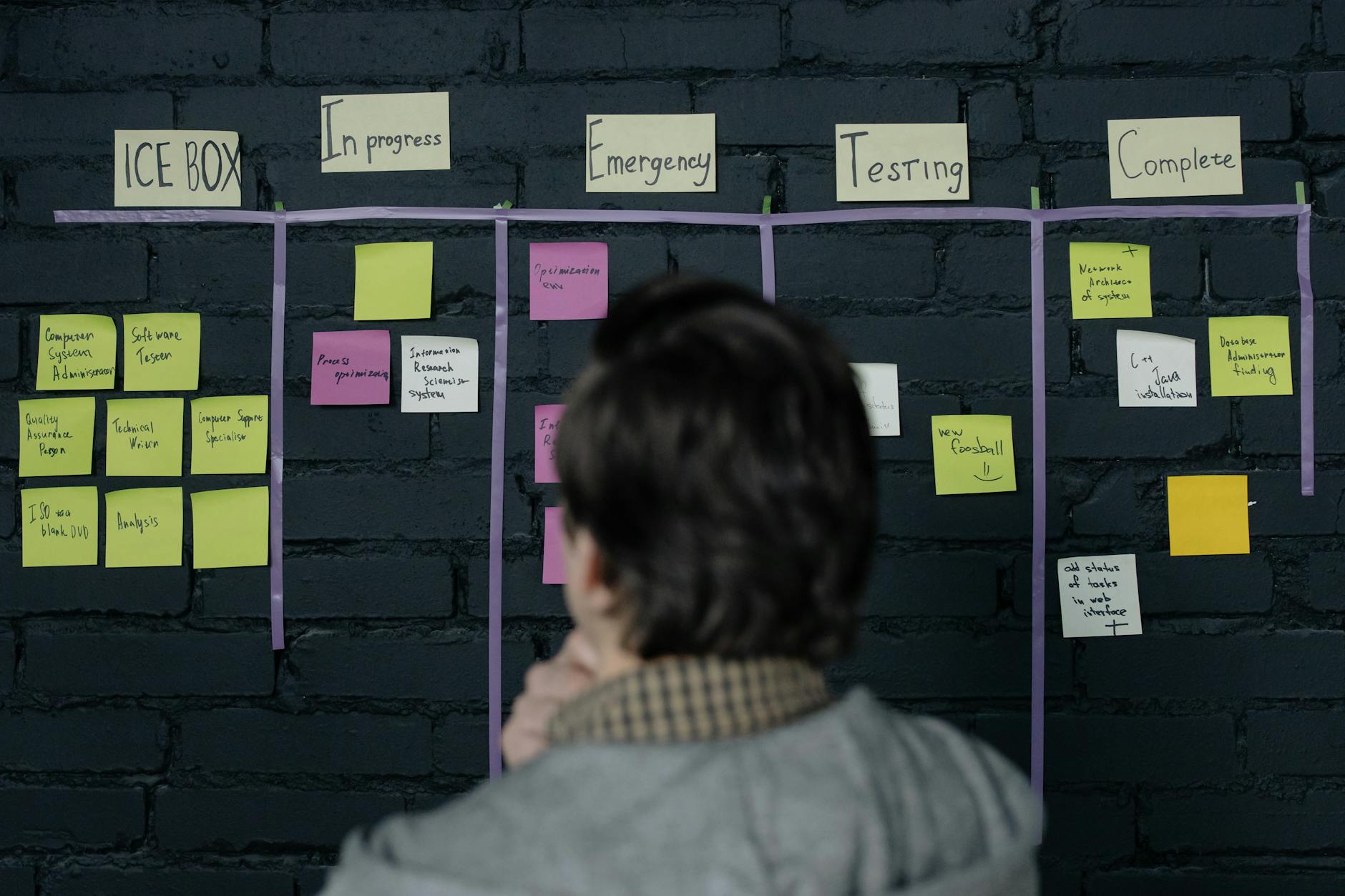Discover the secrets to transforming your lower back pain from aching to amazing with these essential tips and strategies.
Table of Contents
Lower back pain is a common affliction that affects millions of people around the world. It can range from mild discomfort to severe agony, impacting daily activities and quality of life. If you’re dealing with lower back pain, you’re not alone. In this blog post, we will explore various tips and strategies to help you manage and alleviate lower back pain, so you can go from aching to amazing.
Understanding Lower Back Pain
Lower back pain can be caused by a variety of factors, including muscle strain, poor posture, injury, or underlying health conditions. It is essential to understand the root cause of your back pain to determine the most effective treatment and management plan. Consulting with a healthcare professional is recommended to receive a proper diagnosis and personalized recommendations.
Lifestyle Changes for Pain Relief
1. Maintain Good Posture: Practice proper posture while sitting, standing, and walking to reduce strain on your lower back.
2. Stay Active: Regular exercise, such as walking, swimming, or yoga, can help improve strength and flexibility in your back muscles.
3. Watch Your Weight: Excess weight can put additional strain on your lower back. Maintaining a healthy weight through diet and exercise can alleviate pressure on your spine.
4. Lift Safely: When lifting objects, use proper lifting techniques to avoid injuries. Bend your knees and lift with your legs, not your back.
Pain Management Techniques
1. Heat and Cold Therapy: Applying heat or cold packs to the affected area can help reduce inflammation and provide relief from lower back pain.
2. Massage Therapy: Regular massages can help relax tight muscles and improve blood circulation in the lower back.
3. Over-the-Counter Pain Medication: Non-prescription pain relievers, such as ibuprofen or acetaminophen, can temporarily alleviate back pain. However, consult with a healthcare professional before long-term use.
4. Topical Creams: Topical creams containing menthol or capsaicin can provide a warming or cooling sensation to alleviate back pain temporarily.
Stress Reduction Techniques
1. Practice Mindfulness: Mindfulness meditation and deep breathing exercises can help reduce stress and tension in the body, including the lower back.
| Tips for Managing Lower Back Pain | |
|---|---|
| Tip | Description |
| 1. Exercise Regularly | Engage in activities that strengthen your core muscles and improve flexibility to support your lower back. |
| 2. Maintain Good Posture | Sit and stand with proper alignment to reduce strain on your lower back muscles. |
| 3. Use Proper Lifting Techniques | Bend at your knees and lift with your legs instead of your back to prevent injuries. |
| 4. Sleep on a Supportive Mattress | Choose a mattress that provides adequate support for your lower back while sleeping. |
| 5. Apply Heat or Cold Therapy | Use heating pads or ice packs to reduce inflammation and alleviate pain in your lower back. |
| 6. Practice Stress Management | Reduce stress through relaxation techniques like deep breathing, meditation, or yoga to relieve tension in your lower back. |
2. Yoga and Stretching: Gentle stretching exercises and yoga poses can help improve flexibility and alleviate muscle tightness in the lower back.
3. Progressive Muscle Relaxation: Progressive muscle relaxation techniques can help release tension in your back muscles and promote relaxation.
4. Get Adequate Sleep: Quality sleep is crucial for the body’s recovery and healing processes. Practice good sleep hygiene habits to optimize your rest and reduce back pain.
Professional Treatment Options
If your lower back pain persists or worsens despite self-care measures, it’s essential to seek professional medical treatment. Physical therapy, chiropractic adjustments, acupuncture, or other interventional treatments may be recommended by healthcare providers to address your specific back pain issues.
Preventative Measures for the Future
1. Maintain a Healthy Lifestyle: Regular exercise, proper nutrition, and weight management can prevent future occurrences of lower back pain.
2. Ergonomic Adjustments: Ensure your work environment is ergonomically friendly to support good posture and reduce strain on your back.
3. Regular Check-ups: Routine visits to your healthcare provider can help monitor your back health and catch potential issues early.
By incorporating these tips and strategies into your daily routine, you can take proactive steps towards managing and alleviating lower back pain. Remember to listen to your body, prioritize self-care, and seek professional help when needed to transform your aching back into a state of amazing comfort and well-being.
FAQ
What are the common causes of lower back pain?
Common causes of lower back pain include muscle strain, poor posture, injury, and underlying health conditions. Proper diagnosis is important to determine the exact cause of your back pain.
How can lifestyle changes help with lower back pain relief?
Lifestyle changes such as maintaining good posture, staying active, watching your weight, and lifting safely can help reduce strain on your lower back and alleviate pain.
What are some effective pain management techniques for lower back pain?
Effective pain management techniques for lower back pain include heat and cold therapy, massage therapy, over-the-counter pain medication, and topical creams containing menthol or capsaicin.
When should I seek professional treatment for my lower back pain?
If your lower back pain persists or worsens despite self-care measures, it is essential to seek professional medical treatment. Physical therapy, chiropractic adjustments, acupuncture, or other interventional treatments may be recommended by healthcare providers.





